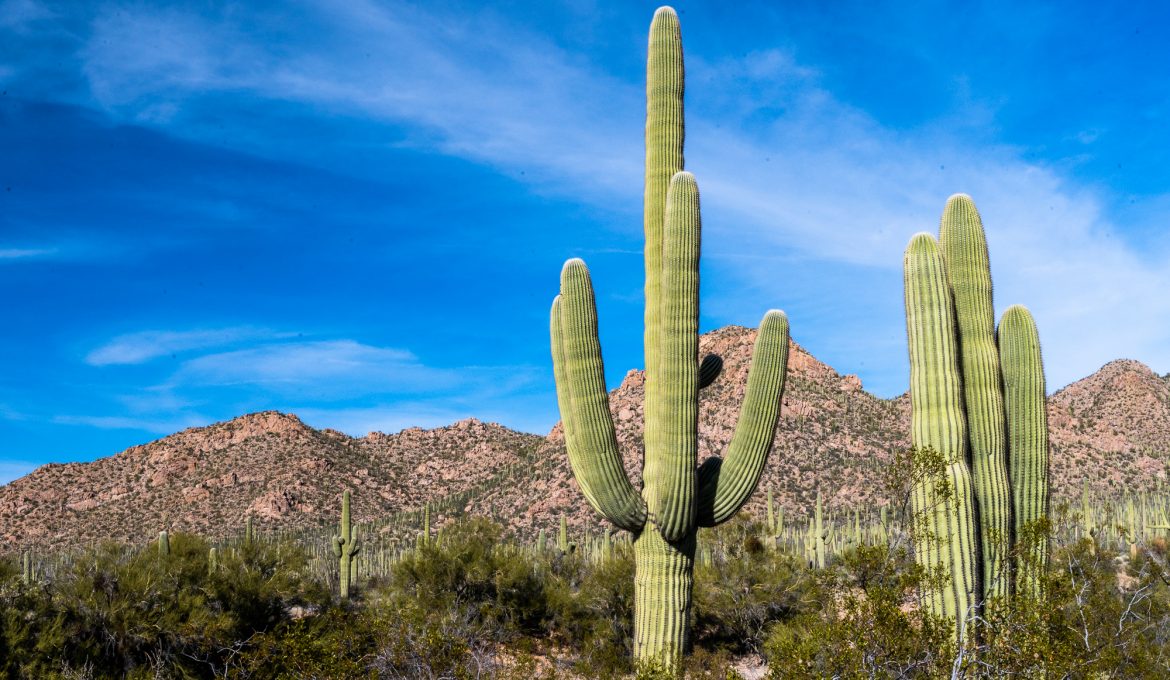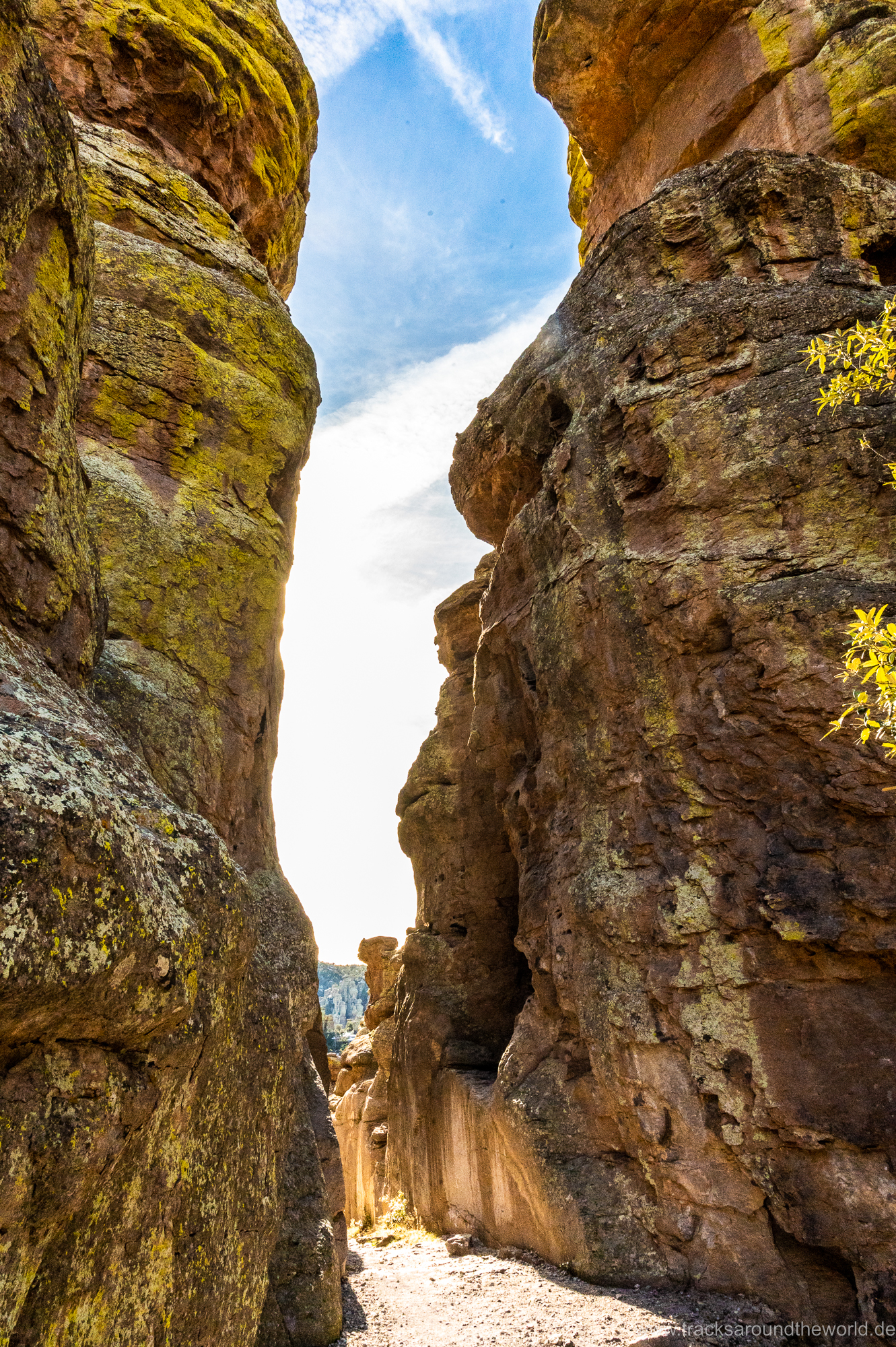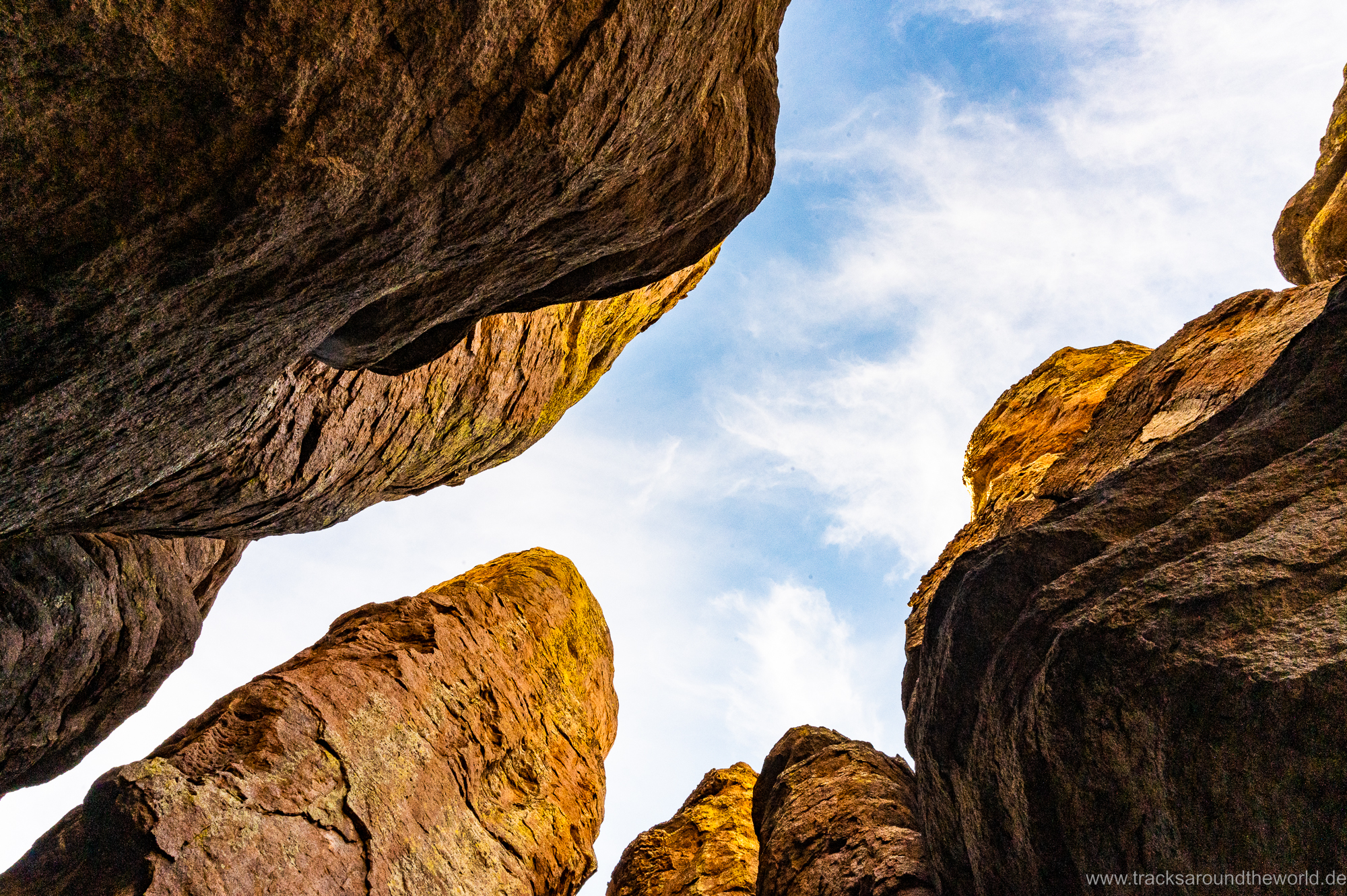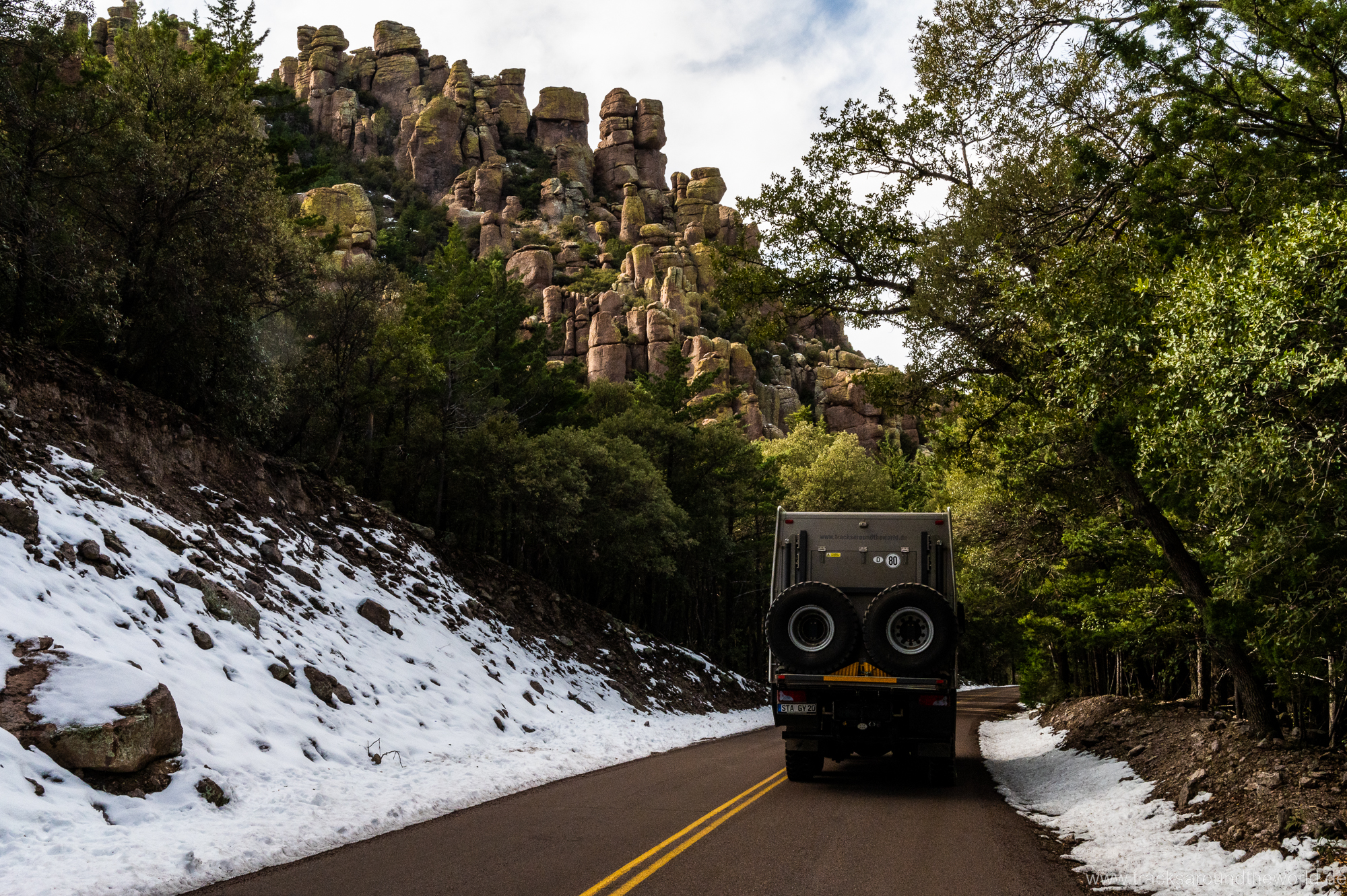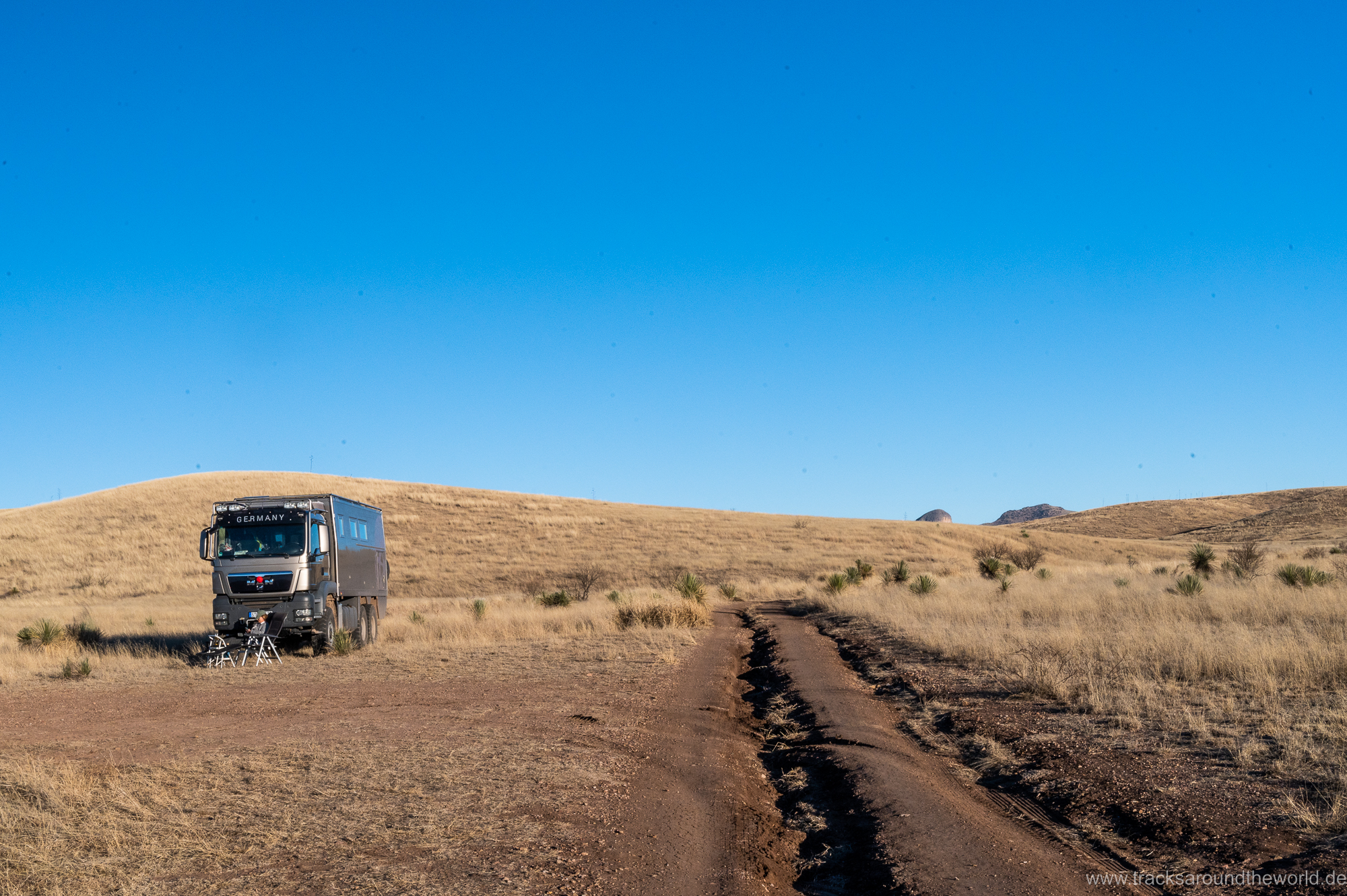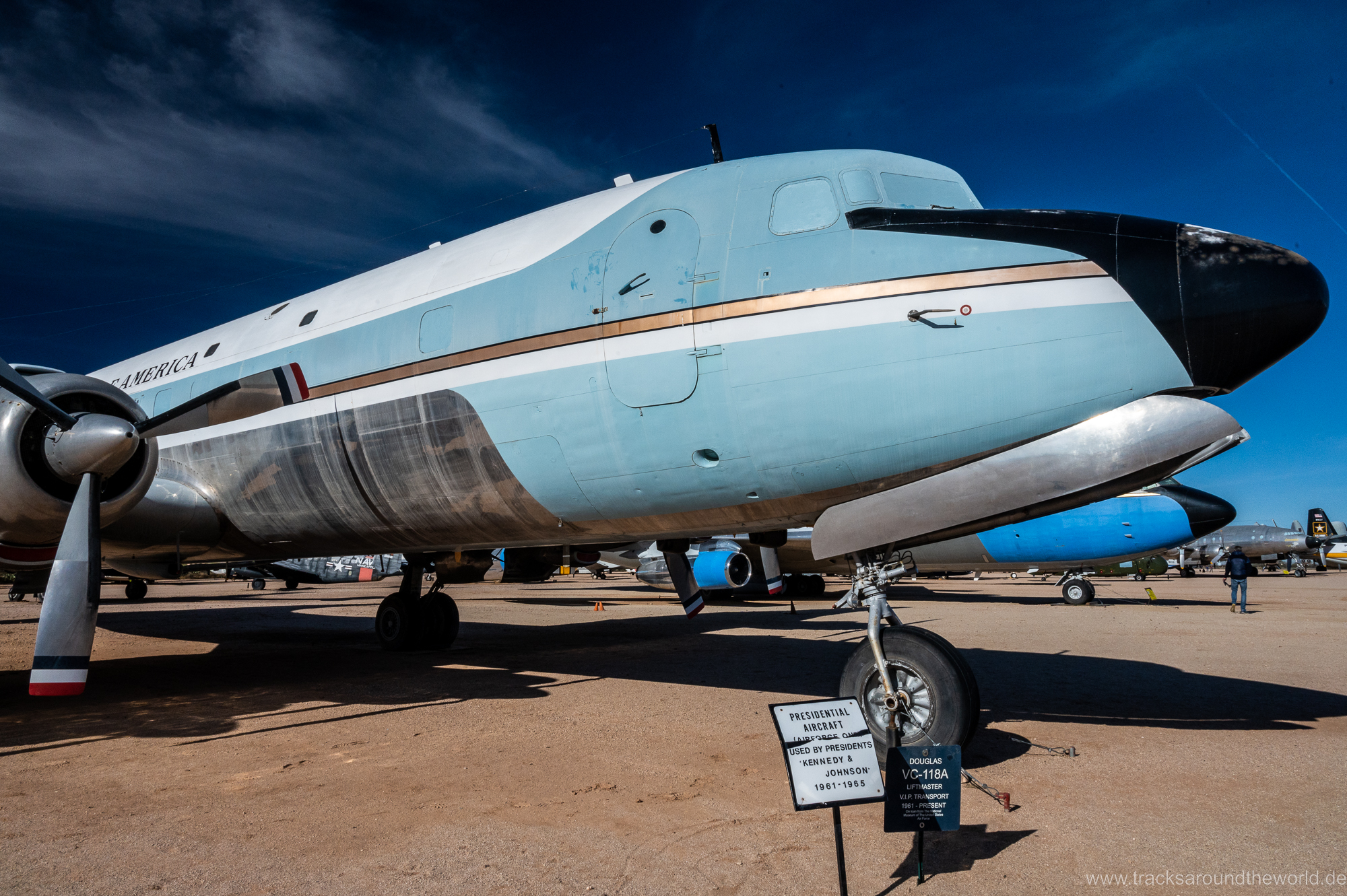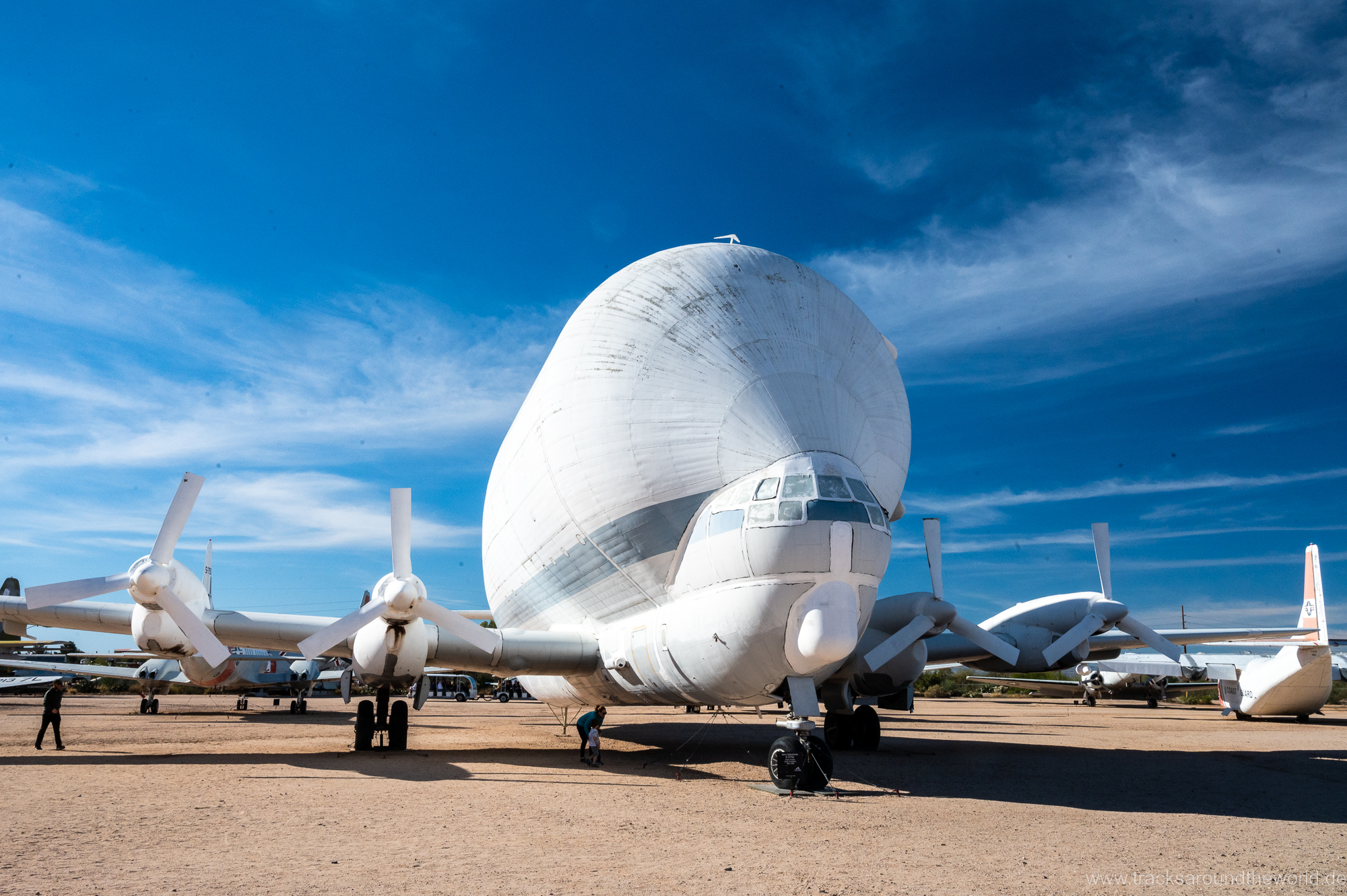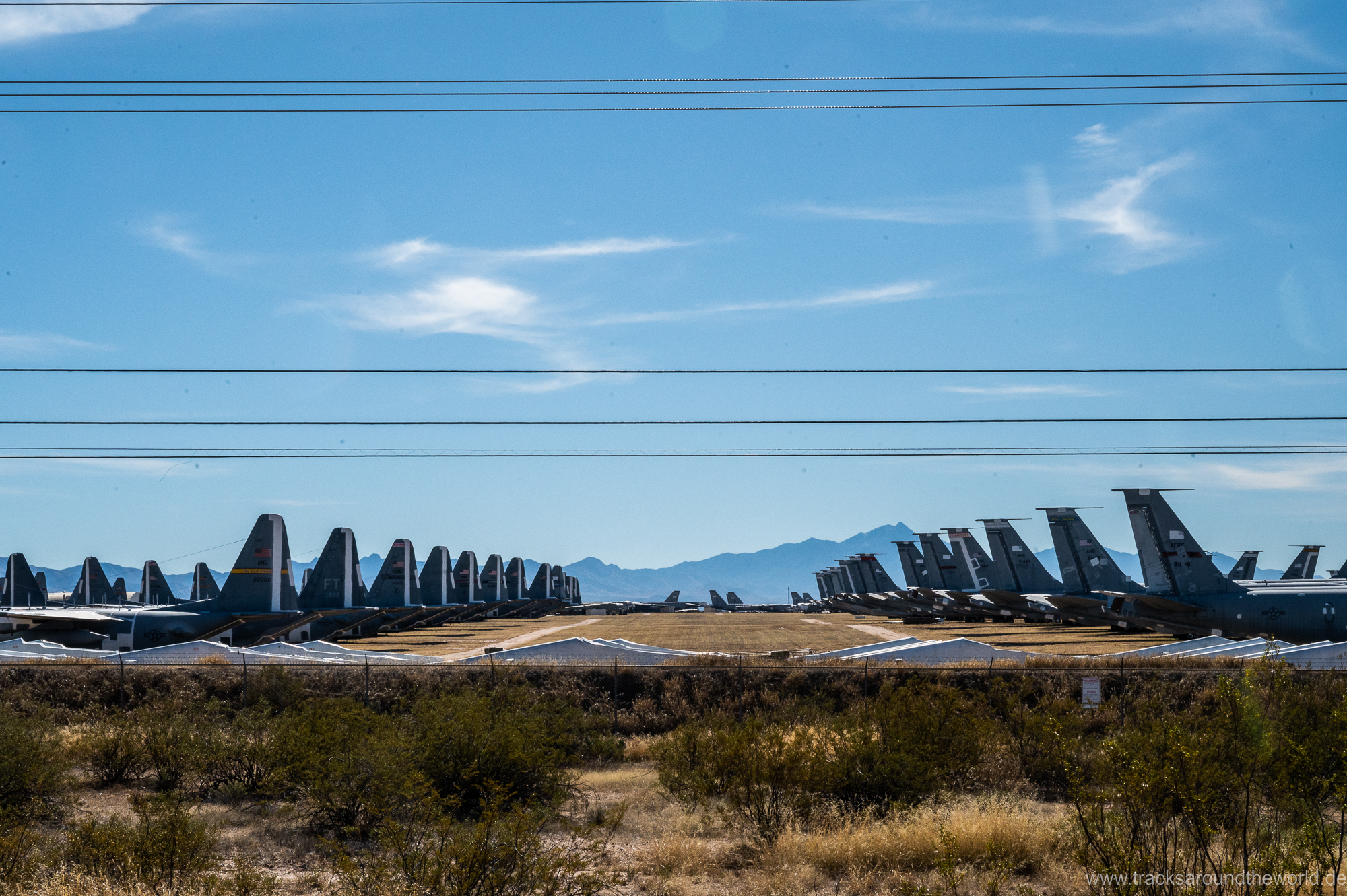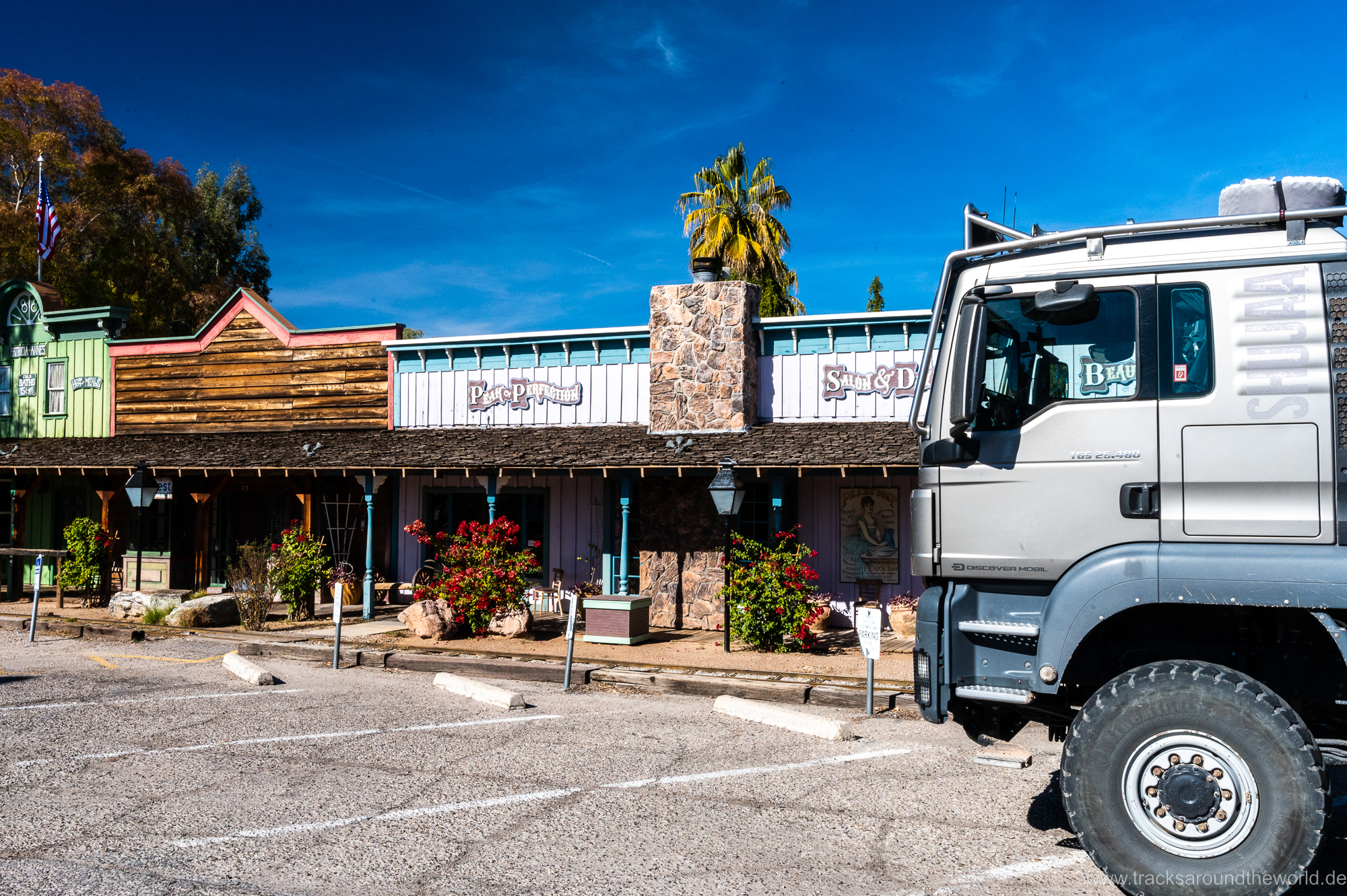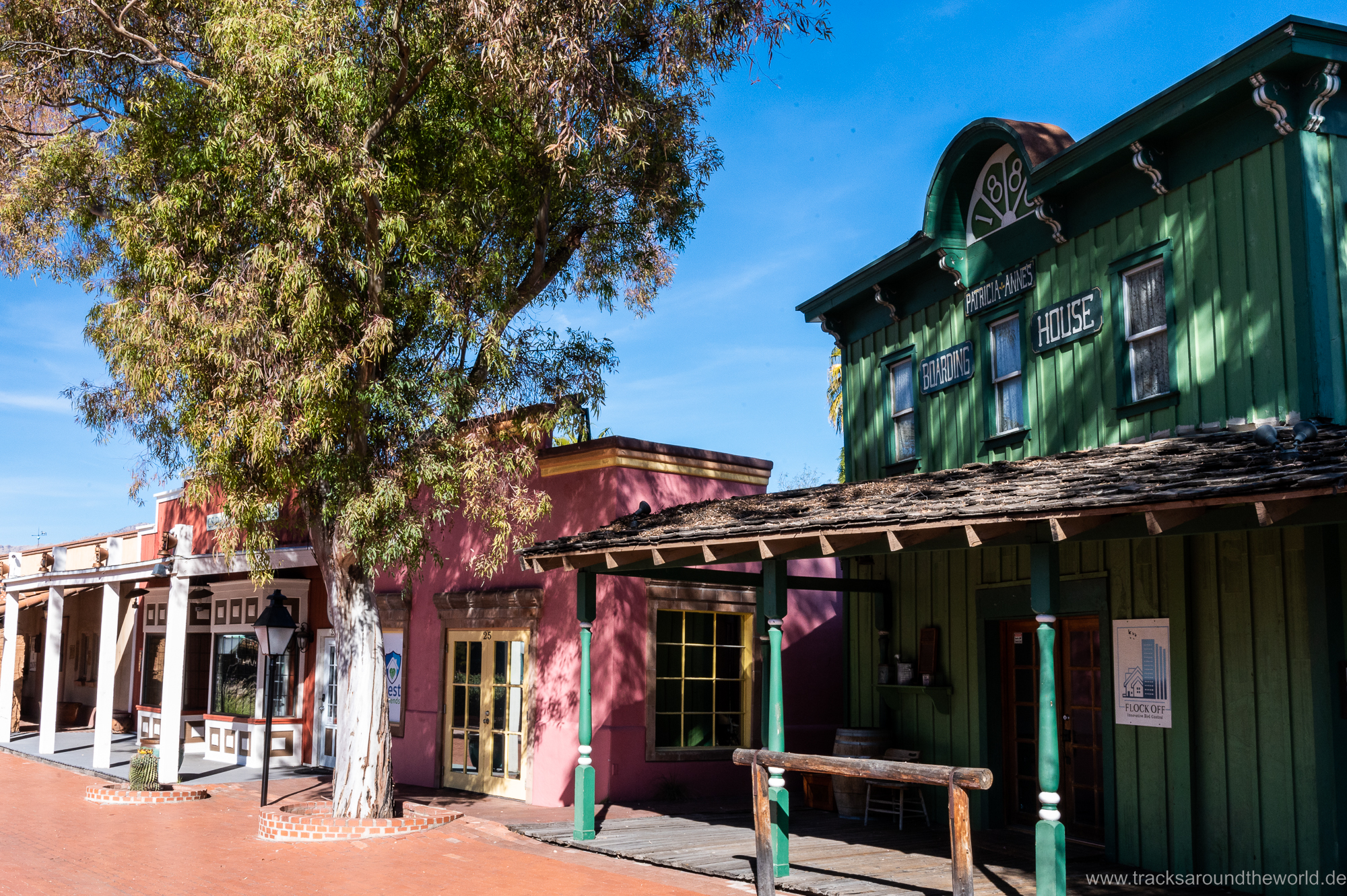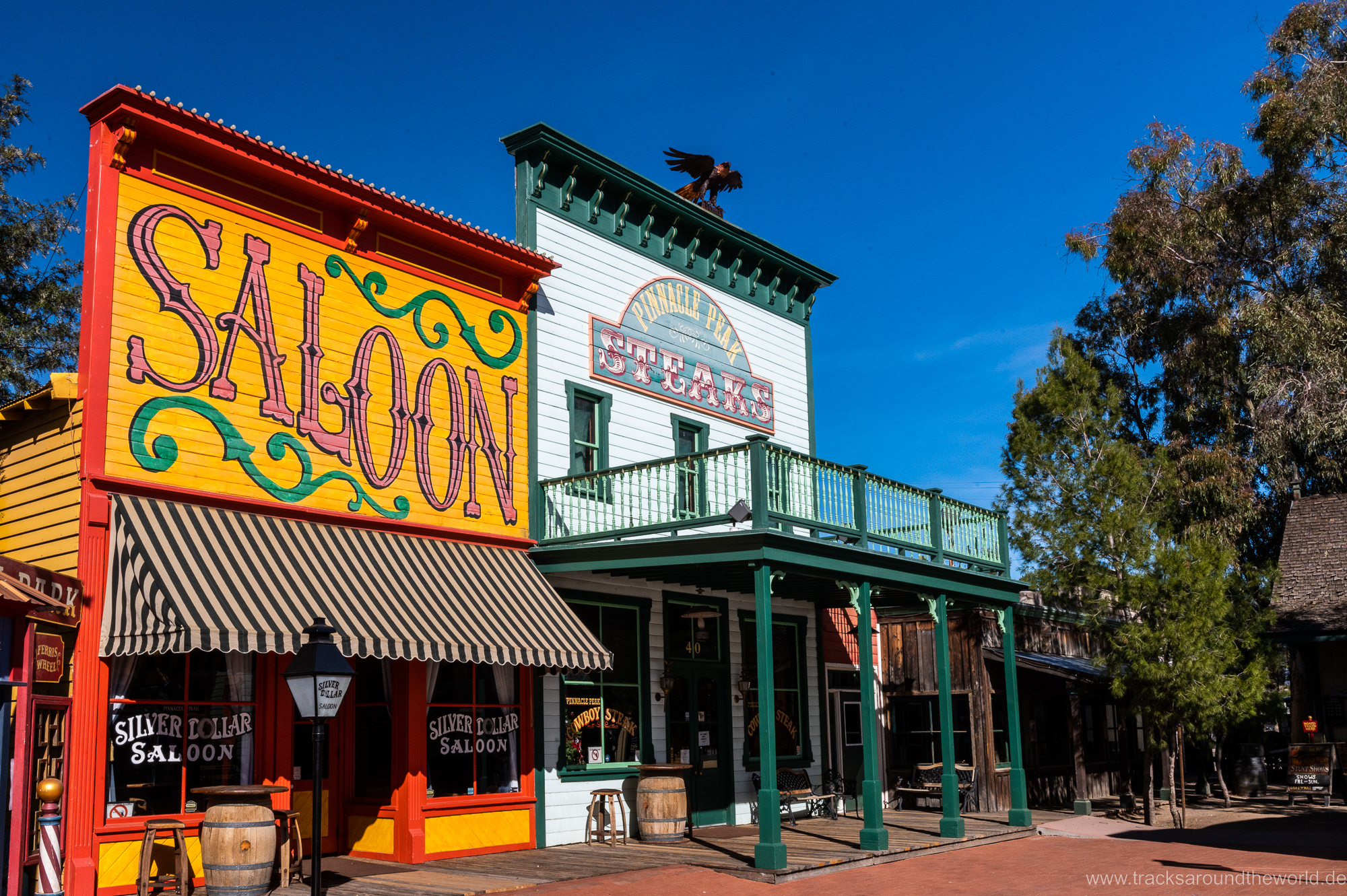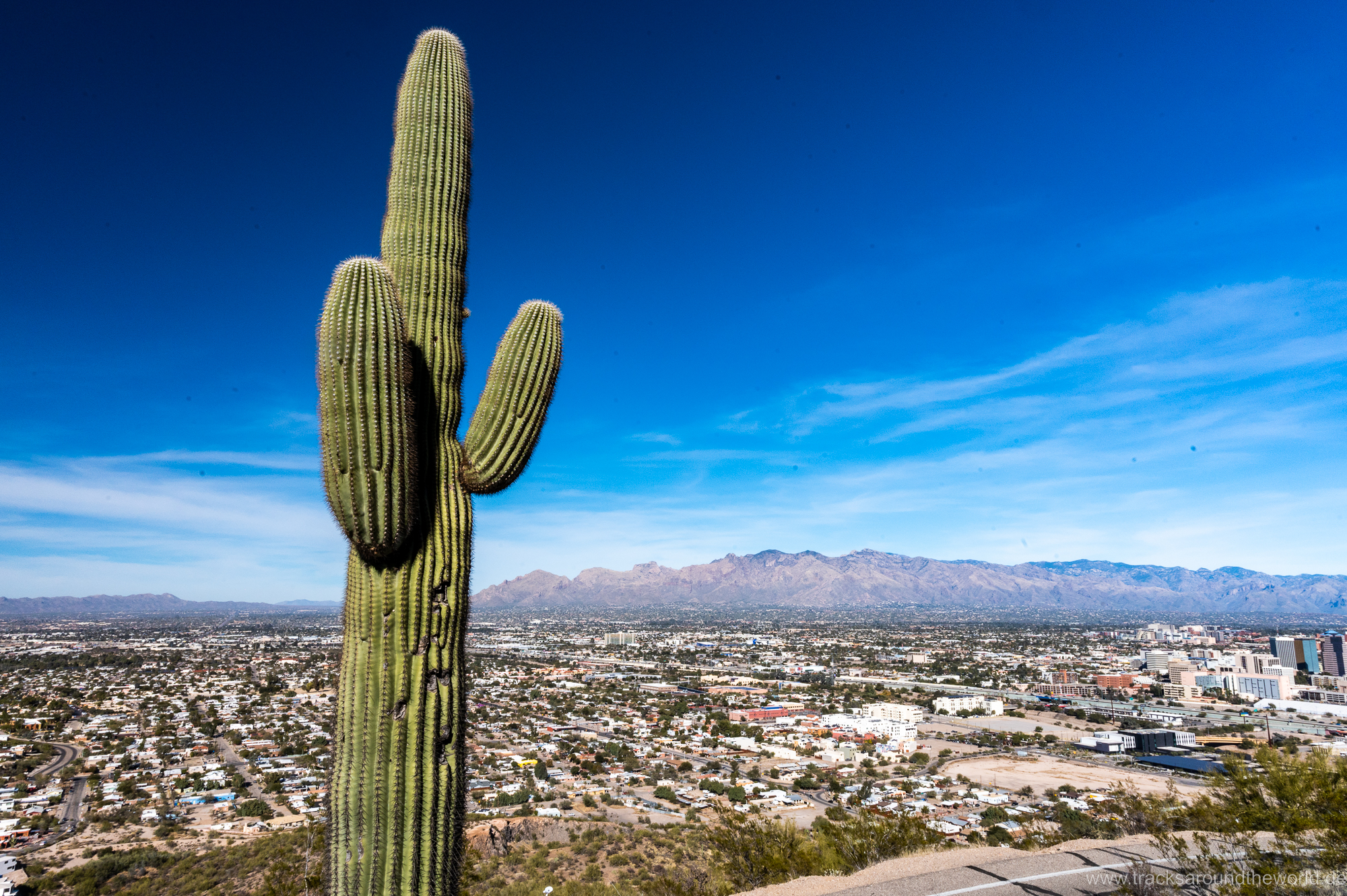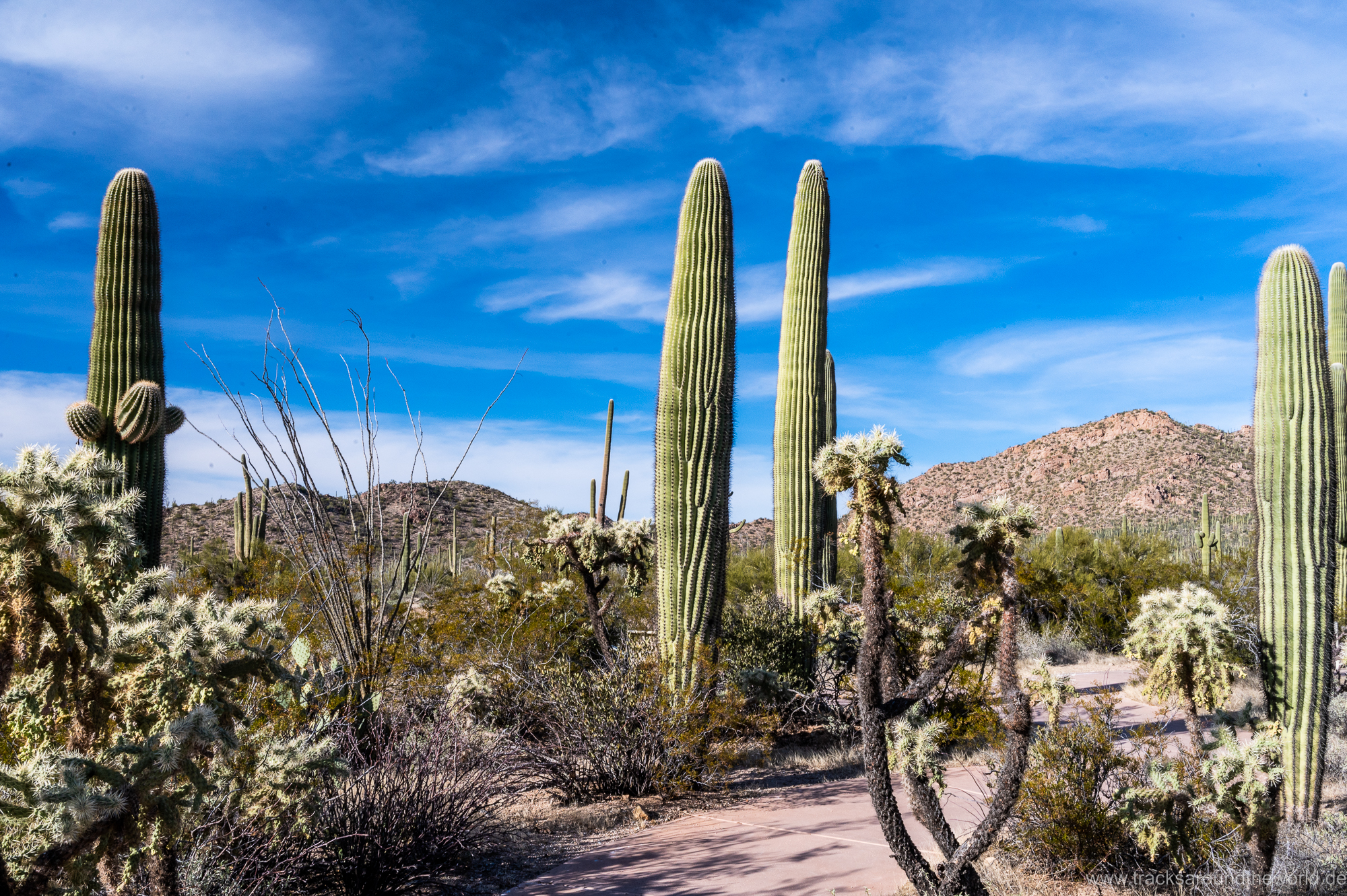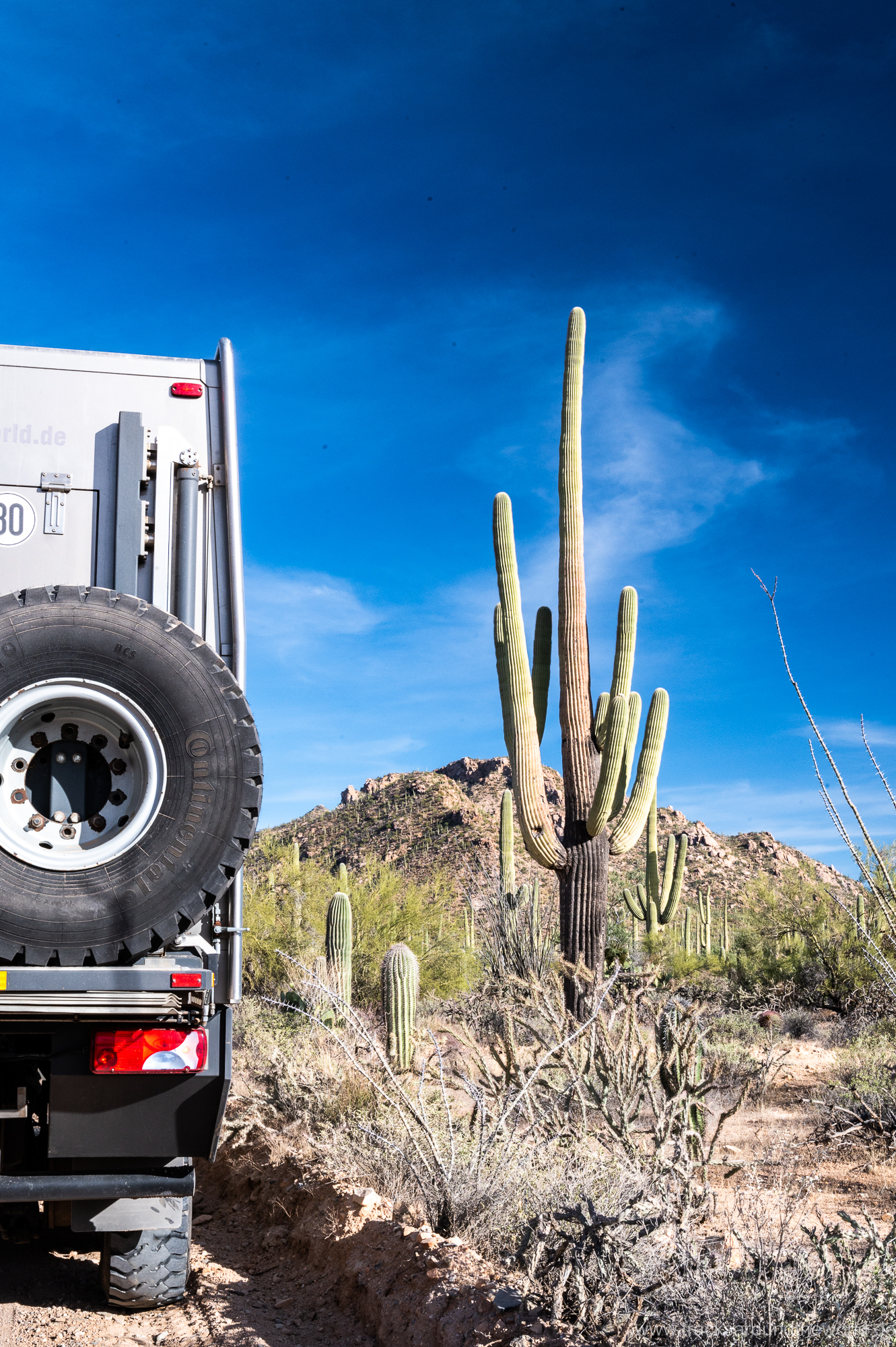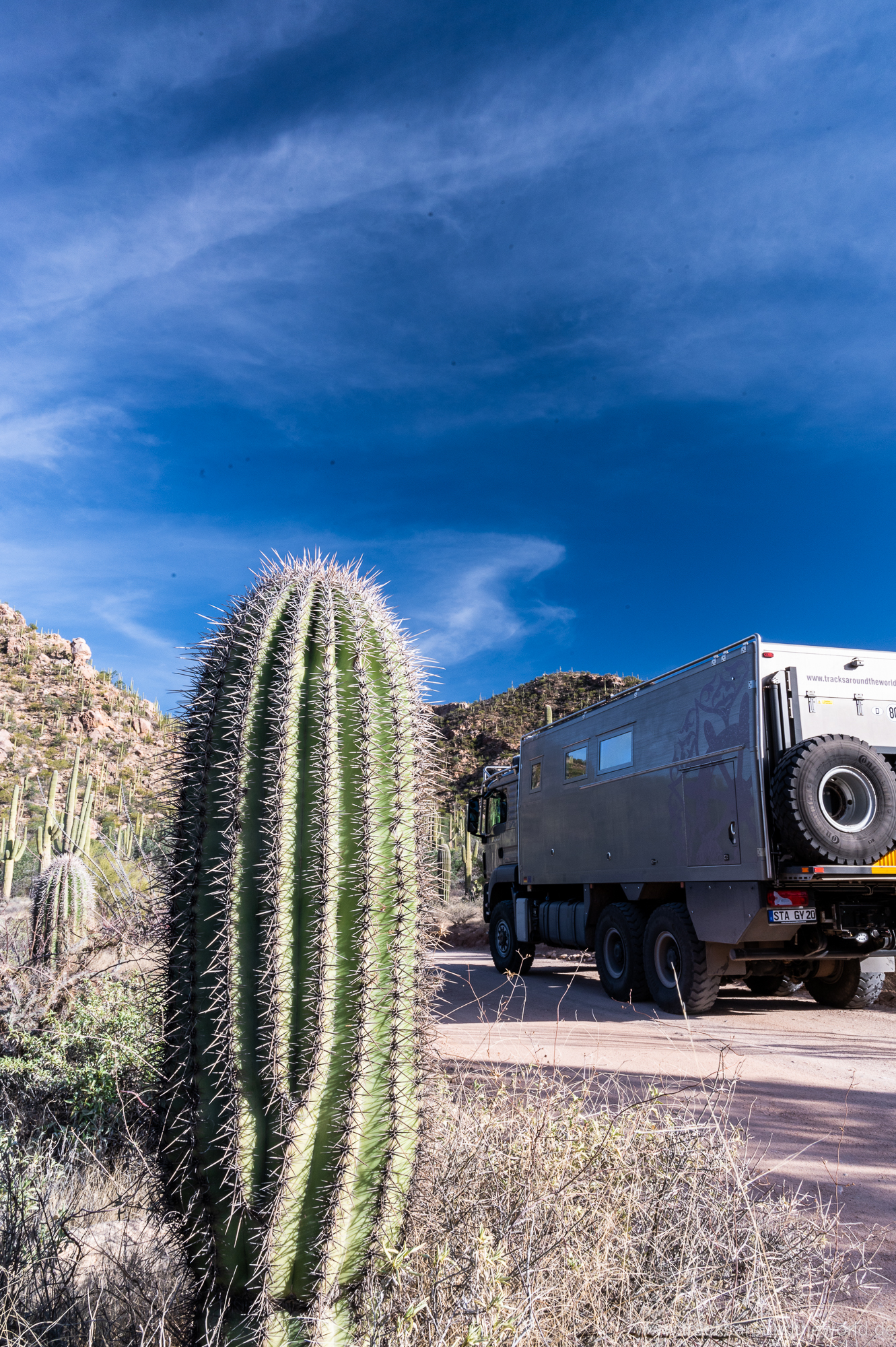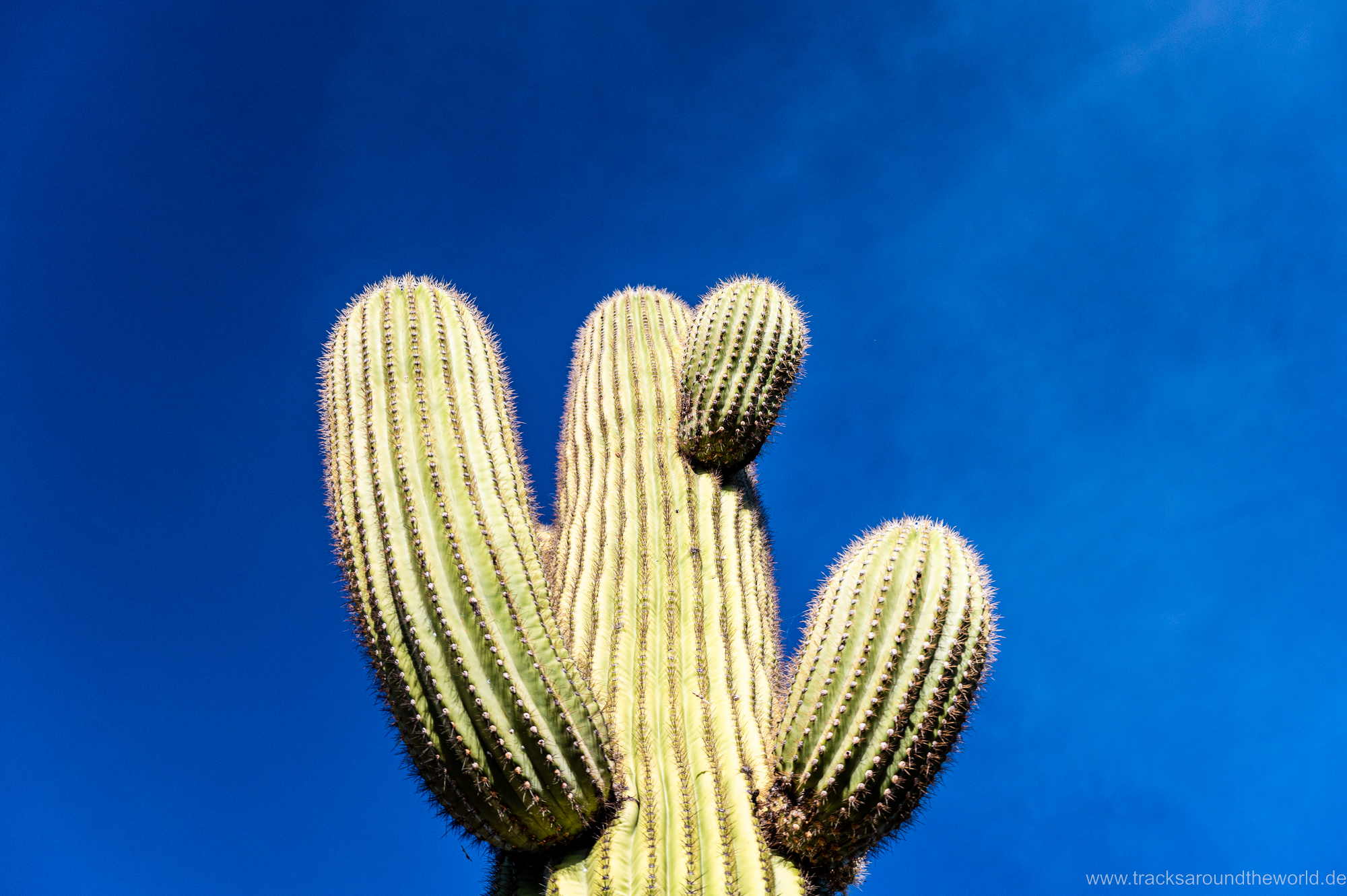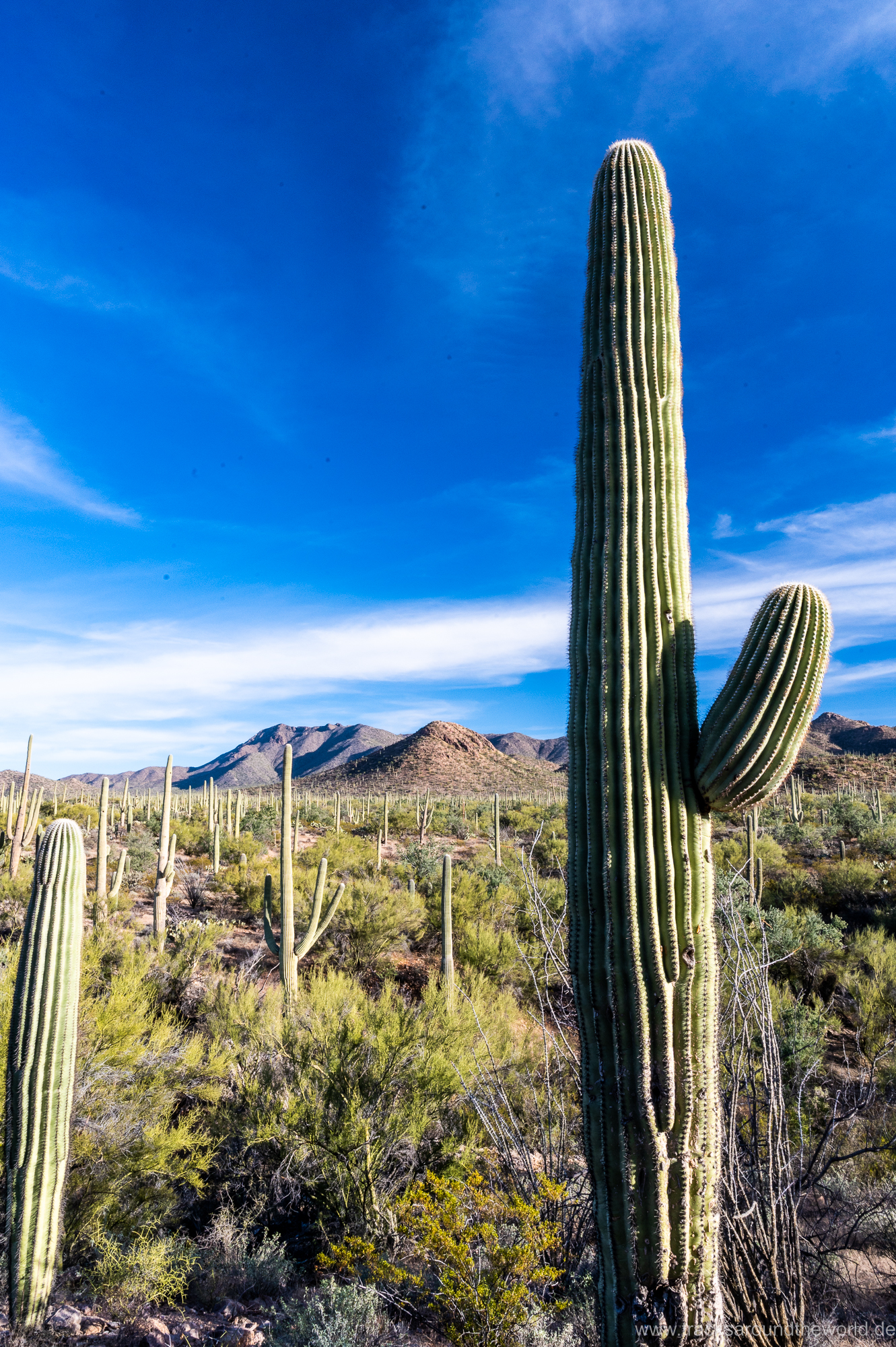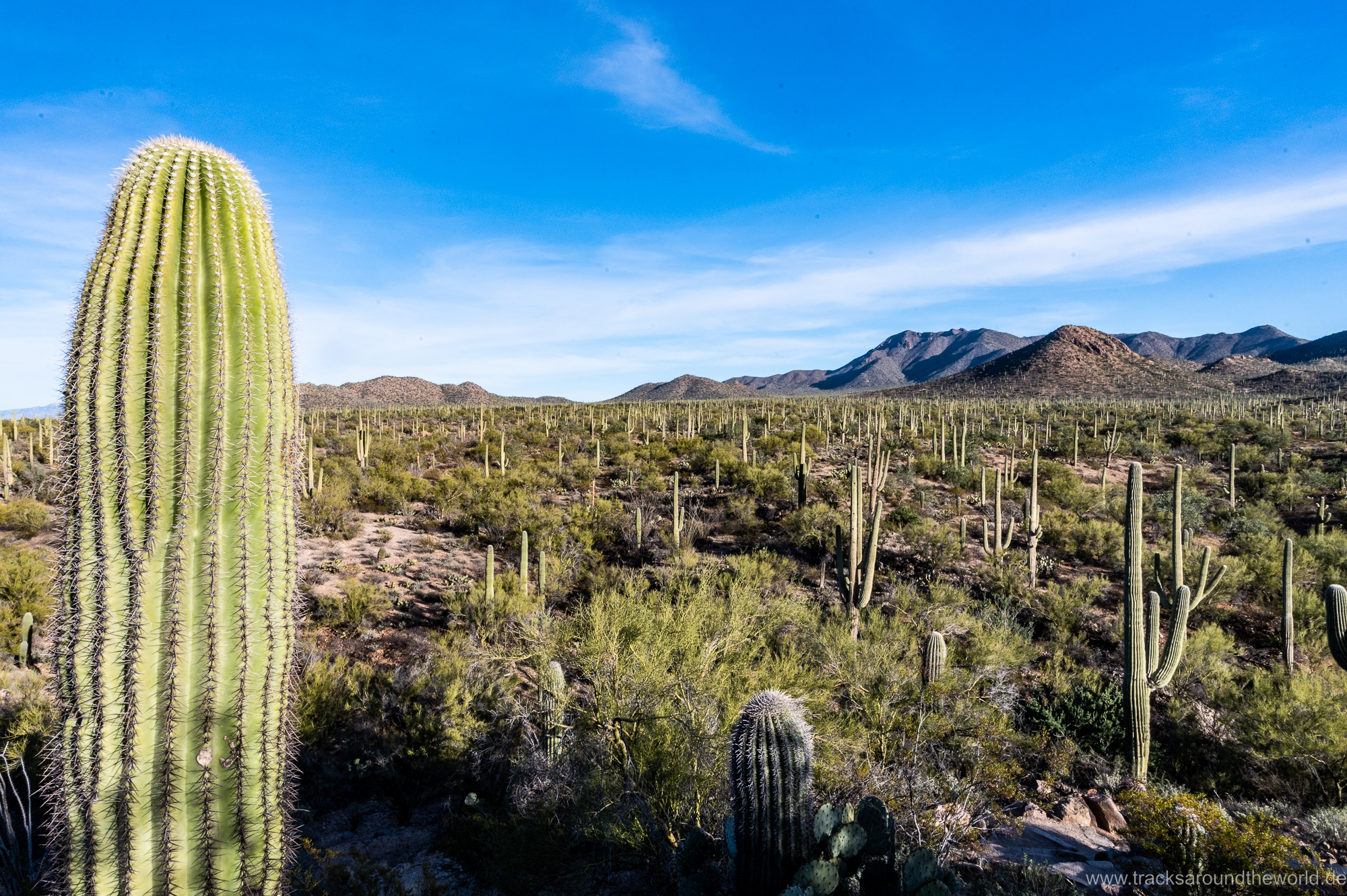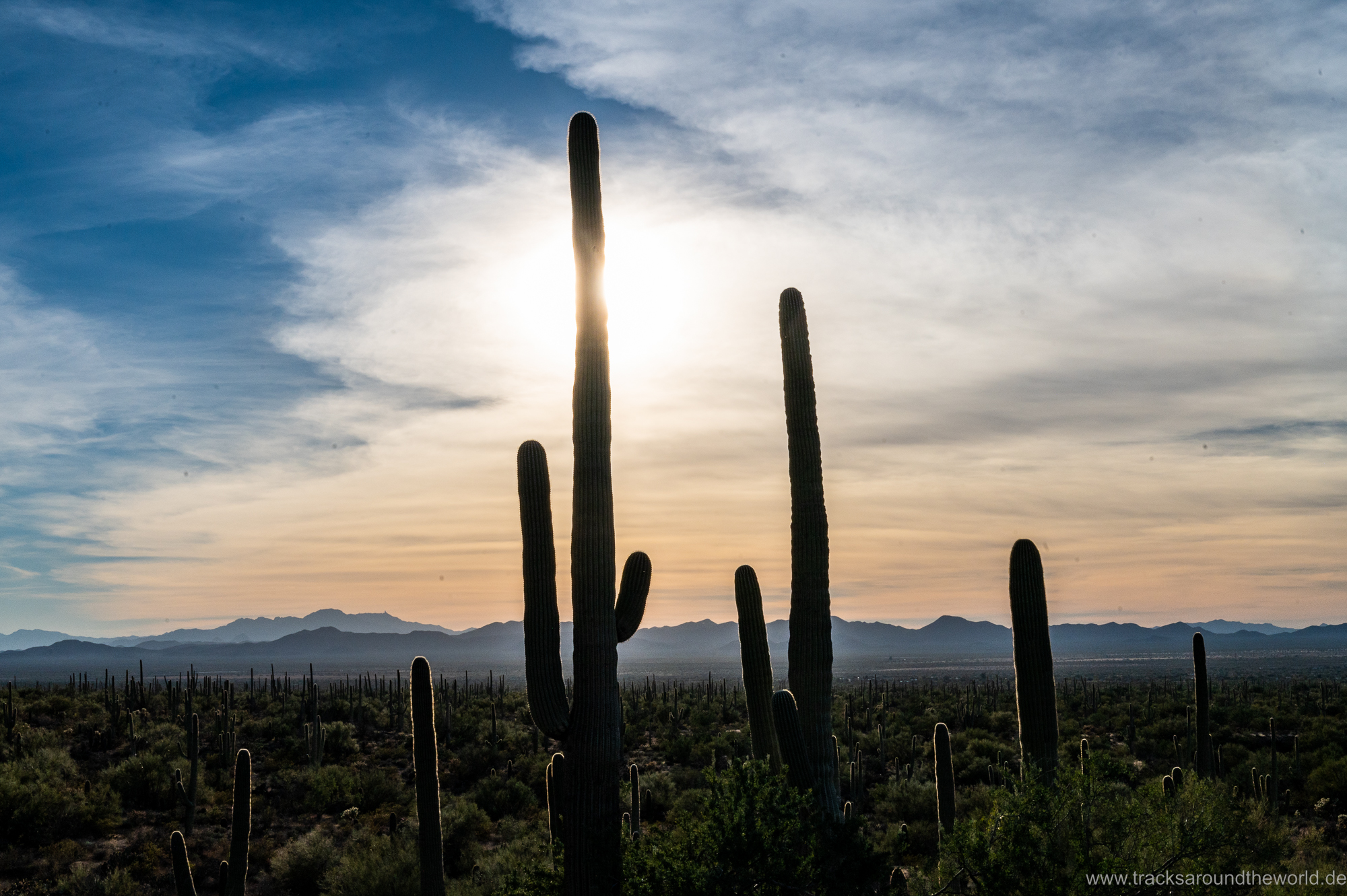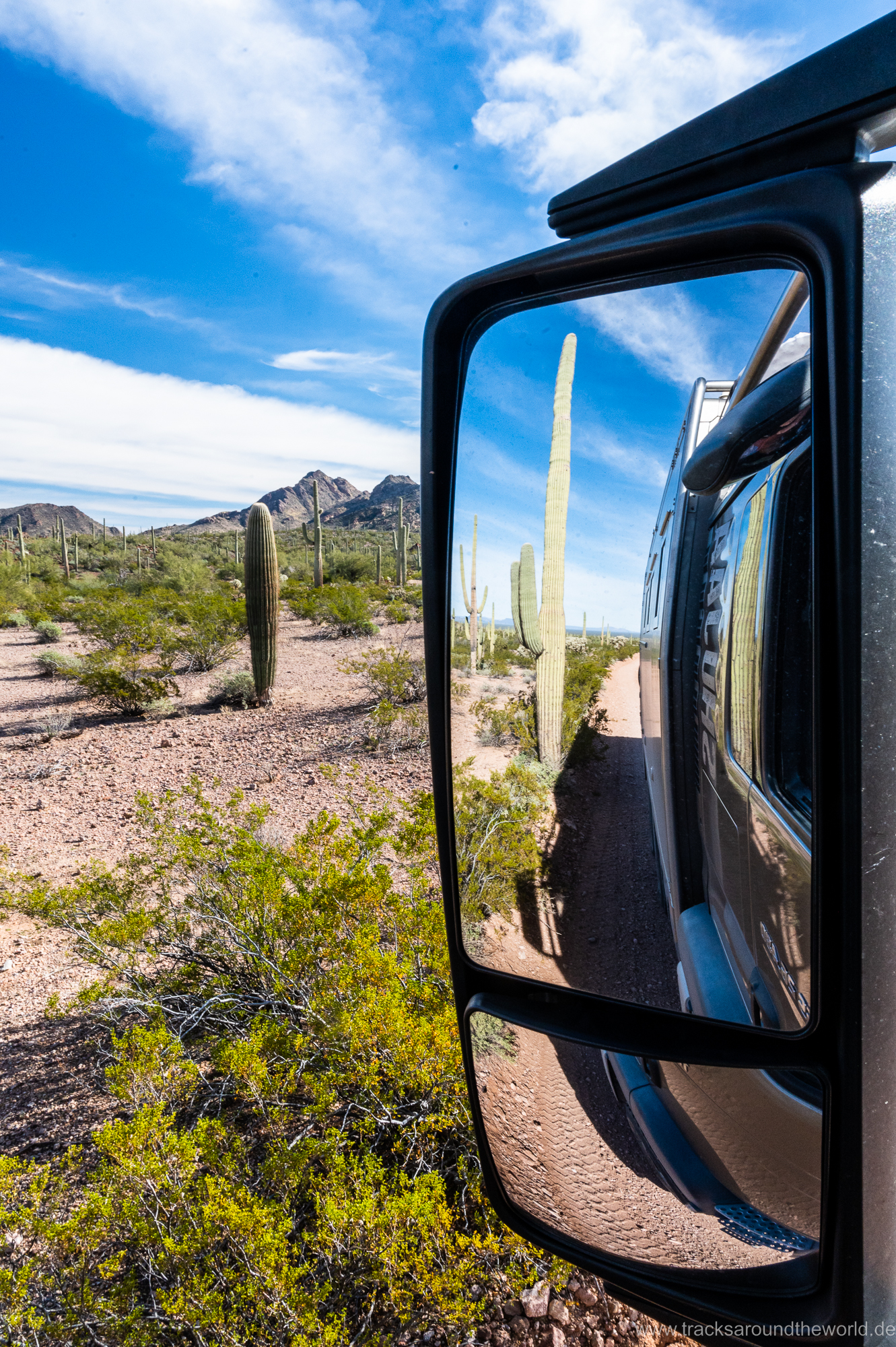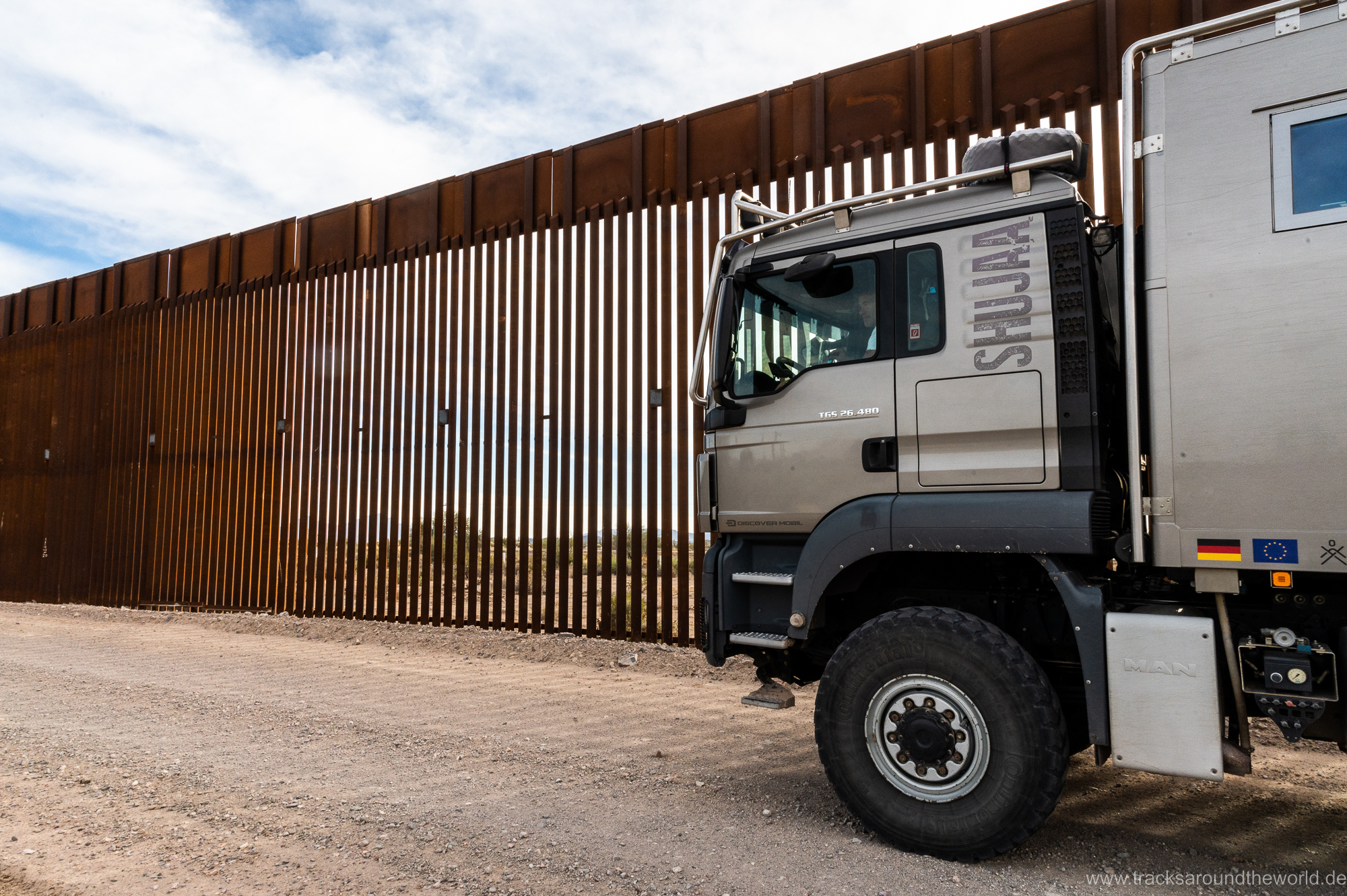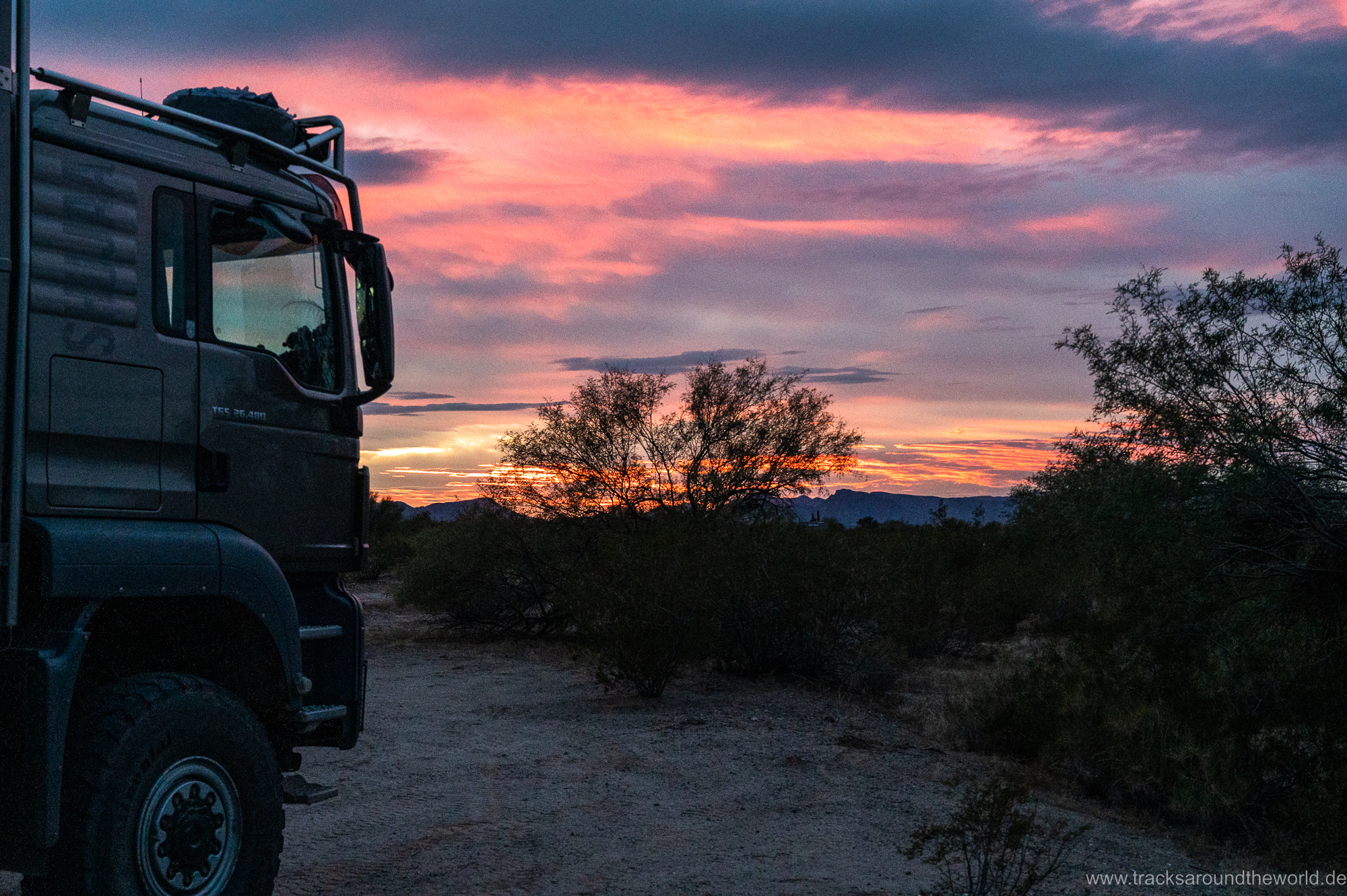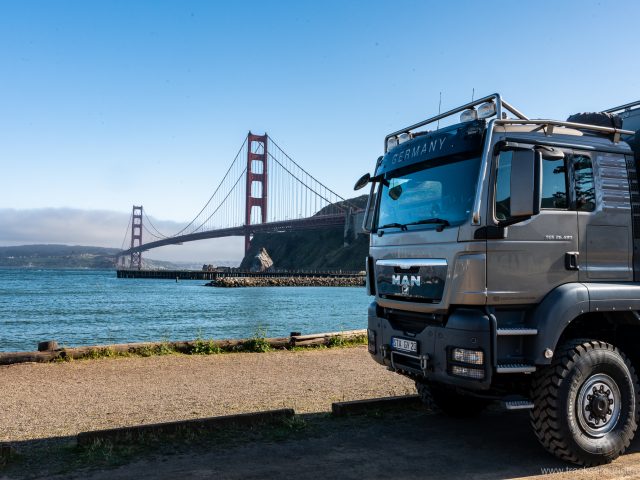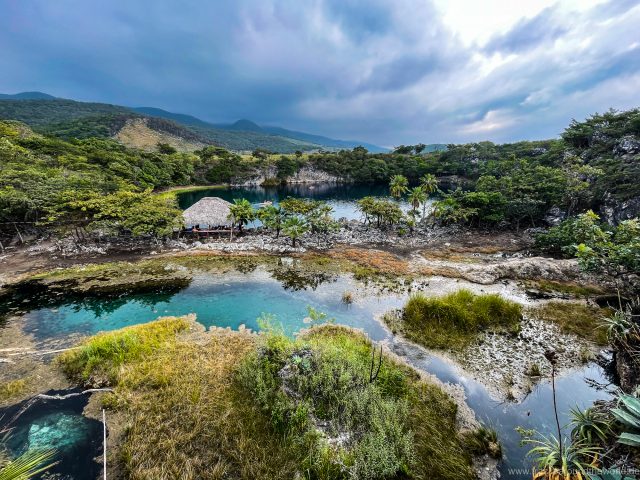We leave the huge state of Texas and drive into the state of New Mexico. In the White Sands N.P., Ice Age tuff deposits have created a brilliant sea of white dunes. There are numerous trails and beautiful photo opportunities… all enclosed between two mountain ranges with mountains up to 3,000 meters high, some of which are snow-covered. Only now do we realize that we are already in the middle of the Rocky Mountains – due to the huge expanses and plains you don’t really notice this. So, it perfectly makes sense that we have to put the clock back an hour again: it’s “Mountain Time” now.
The journey north into the mountains of New Mexico and the Gila Cliffs takes us scenically to one of the most beautiful areas in the South-West: the desert is suddenly far away and we drive along crystal-clear rivers, surrounded by old, huge trees further up into the mountains. We were particularly taken with the little river Mimbres. In an always beautiful sweep, with big trees lining the shore, it really does look like the proverbial “Old Wild West” here. It gets completely lonely and at some point, we have snow all around us. At almost 2,000 meters elevation we find a great place to spend the night on an exposed hill with a great 360-degree all-round view.
In the morning we have sub-zero temperatures and the cloudy sky looks a bit like snow… will we have to put on our snow chains on our wheels? We drive another 10 km to the end of the valley where we set off in absolute solitude to the Gila Dwellings: a deep canyon where Indian dwellings were built into the rocks around the 13th century. Very spectacular. Despite the loneliness, it is absolutely understandable why such a place was built here: protected from winds, heat and cold in the canyon, water in the small river in the valley nearby, wolves and bears to hunt… everything you needed was around!
Passing small, abandoned former western towns, we head south-west again to the Chiricahua mountain range. The slope from the east into the mountains is demanding: first we have to unpack our chain saw – for the first time in North America – and cut our way through the bushes. When it gets lighter and we reach the pass, we suddenly have a snowy and icy downhill slope in front of us. After much discussion, we decide to turn around as long as it is still possible and take a 150 km detour. After all, it’s Christmas Eve and we don’t want to end like we did on the Mississippi shore two weeks ago or go sledding with 18 tons under our ass. The journey from the north, to the Chiricahua Mountains, which are already in the state of Arizona, is much easier and a gigantic hike through bizarre canyons with steep rock needles the next day compensates for the somewhat cumbersome journey. One of the most beautiful hikes in a long time!
Through landscapes that remind us of the Serengeti in Tanzania with the beige grass swaying in the wind (unfortunately without the corresponding animals 😉), we drive to the old Wild West town of Tombstone. Everything is closed here because of Christmas holidays, but unexpectedly we come to a saloon where the locals meet for the Christmas party: we are integrated directly and are surprised how many “real cowboys and cowgirls” there are still in this area. Karin immediately makes friends with the friendly locals.
Whilst we are approaching Tucson we see the huge airport parking lot, where more than 4,000 mostly decommissioned military aircraft and helicopters are either waiting for final decommissioning or for reactivation. The amount of material and values parked here is unbelievable. The Pima Air Museum is also impressive for non-weapon and military lovers like us: countless war planes from different eras and origins; everything is represented from long-distance bombers to Japanese Kamikaze planes to old Air Force One machines. Always interesting to see what a completely different relationship Americans have to weapons, war and national pride.
Then we continue to the western part of the Saguaro N.P.: Here the majestic, huge Saguaro cacti with their typical “fork shape” stand extremely close together – it is the national plant of Arizona. We can’t stop taking photos. Even more of these impressive plants can be found in the huge Organpipe National Park, right on the border with Mexico. Although the organ pipe cacti should actually be dominant cacti here – following the name of the parc – again the Saguaros dominate the scenery. On a 70 km long off-road loop we drive all alone through beautiful nature and finally see it: no, not the 10,000th Saguaro cactus, but the infamous wall to Mexico, which the last President of the USA wanted so badly and which we have not been able to discover anywhere in the border areas we have visited so far. So, it does exist, and you have to confess – at least in this area – it is quite appealing for a “wall”: Steel in a modern rust look and kept quite transparent by rods. On the other side another world… Mexico! We will explore that country extensively next year.
At the Imperial Sand Dunes, a dune area 10 km wide, over 60 km long and up to 100 meters high, we become disillusioned: actually we wanted to get our Quad Shujoo out of the garage here again (the last time we used it in Florida), but the 10,000 motorhomes with their ATVs, quads and cross bikes, which have gathered here around New Year’s Eve to show off their horsepower and celebrate, quickly makes us lose interest. In the next few days, too, we will see massive wagon complexes that want to have fun in the desert. Even in remote areas encounters are to be expected… but fortunately, these people’s herd instincts and need for socialization make them fairly easy to avoid. And there are more than enough great, secluded spots in this part of the U.S.A.!


